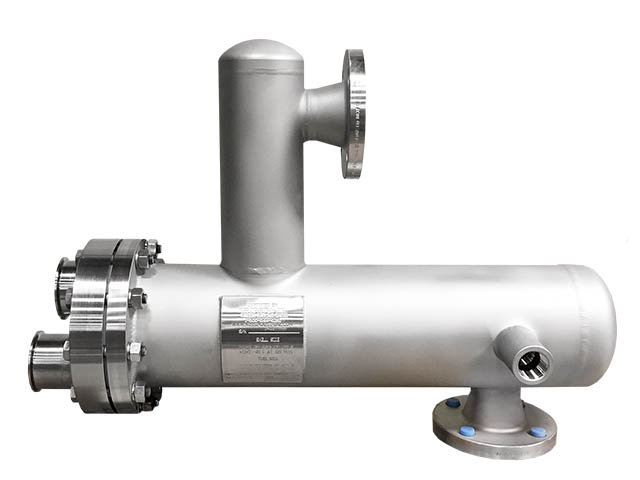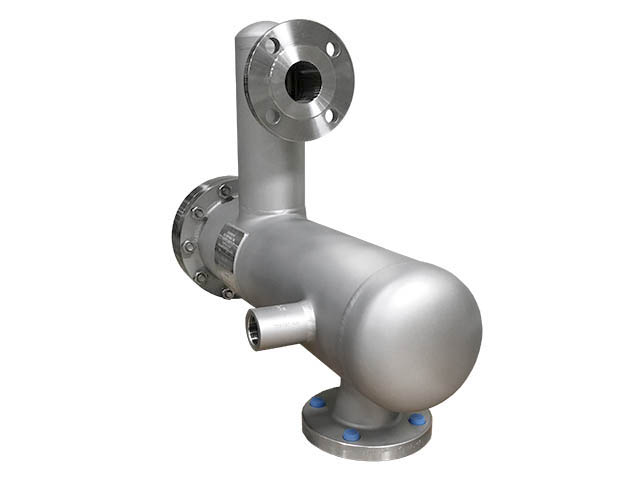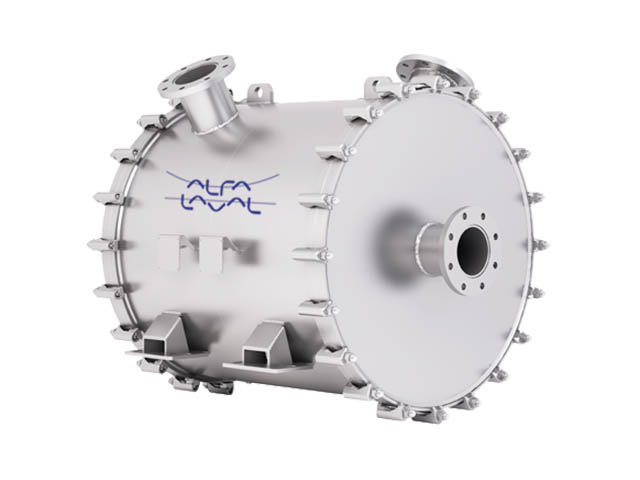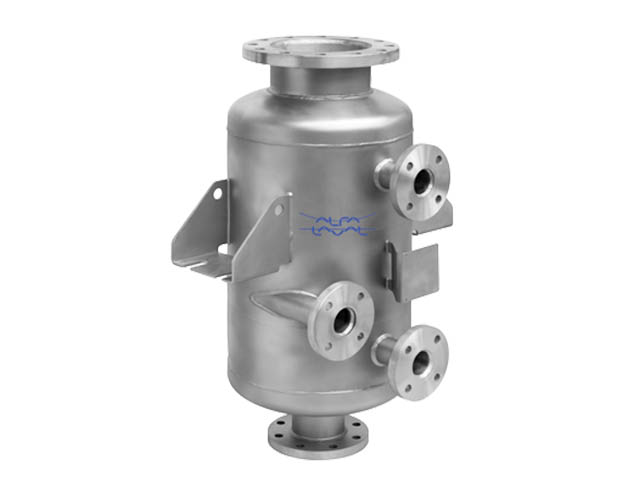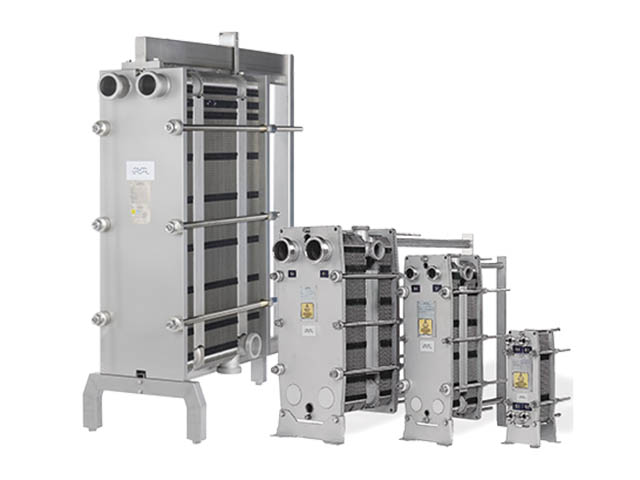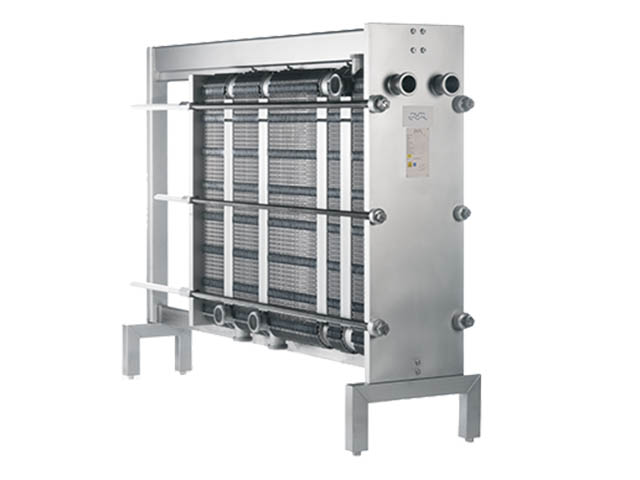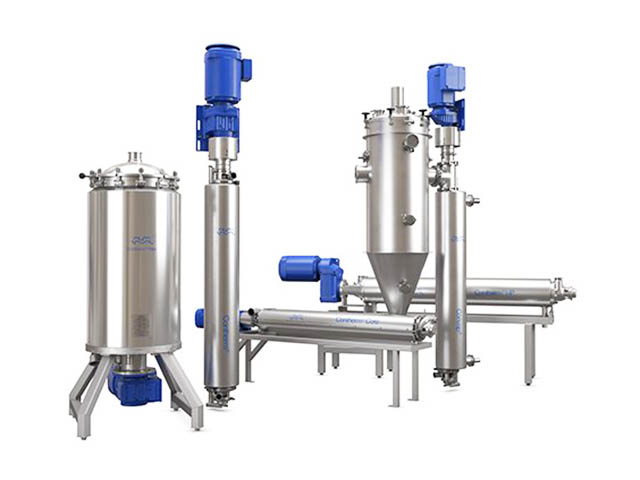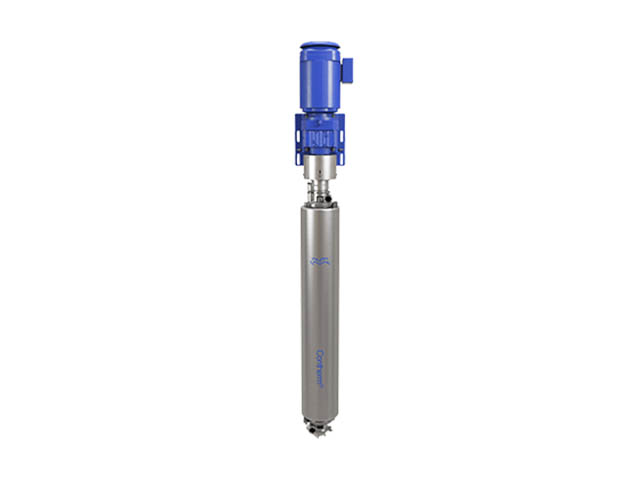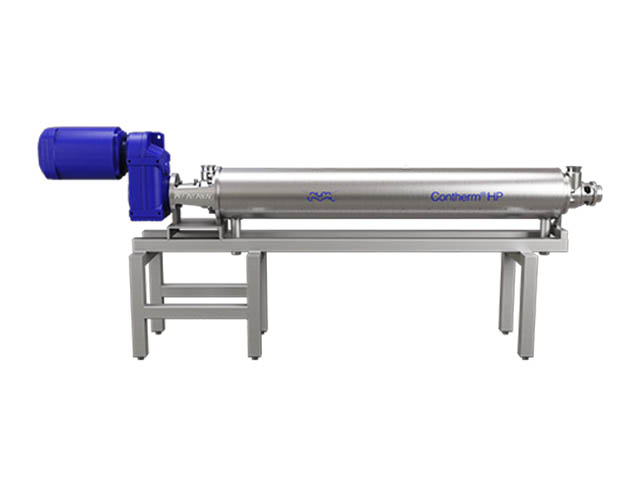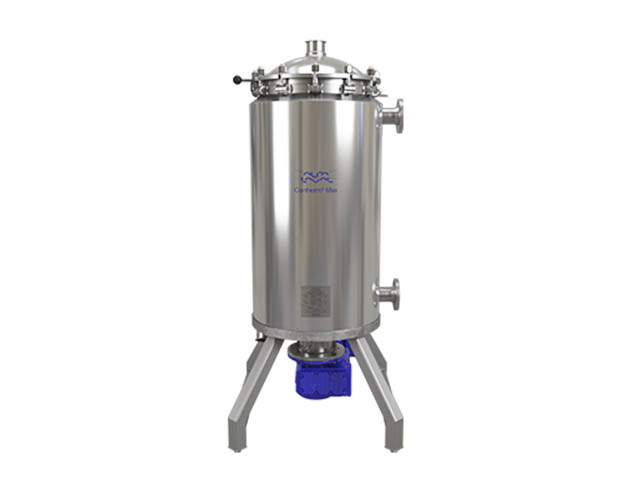Heat Exchangers
Shell & Tube Heat Exchangers
Koss custom builds shell and tube heat exchangers in straight or U-tube configurations.
Straight Tube Heat Exchangers:
- 4", 6", 8", 10" and 12" body diameters
- Body lengths from 2 to 20 feet
- 316L stainless steel construction
- Clamp and welded body connections
- Easy access to tubes, for cleaning and inspection
- Ideal for high GPM (gallons per minute) rate applications
- Loved for their simplicity and versatility
- Double and triple tube models available
- Optional insulation (with stainless steel welded covering)
U-Tube Heat Exchangers:
Compared to straight tube heat exchangers, U-tube models are designed to make allowances for thermal expansion. We see less weld fatigue and reduced risk to the rest of the machine resulting in a longer lifespan.
- ASME certification available
- 4” or 6” body diameters
- Body lengths from 2 to 20 feet
- 304 and 316L stainless steel construction
- Clamp and welded body connections
- Optional insulation (with stainless steel welded covering)
Meet or exceed USDA sanitary standards.
Heat Exchanger Integrity Testing Service >
Spiral Heat Exchangers
Our custom-built spiral heat exchangers can be customized to meet your specific needs. Alfa Laval models also available.
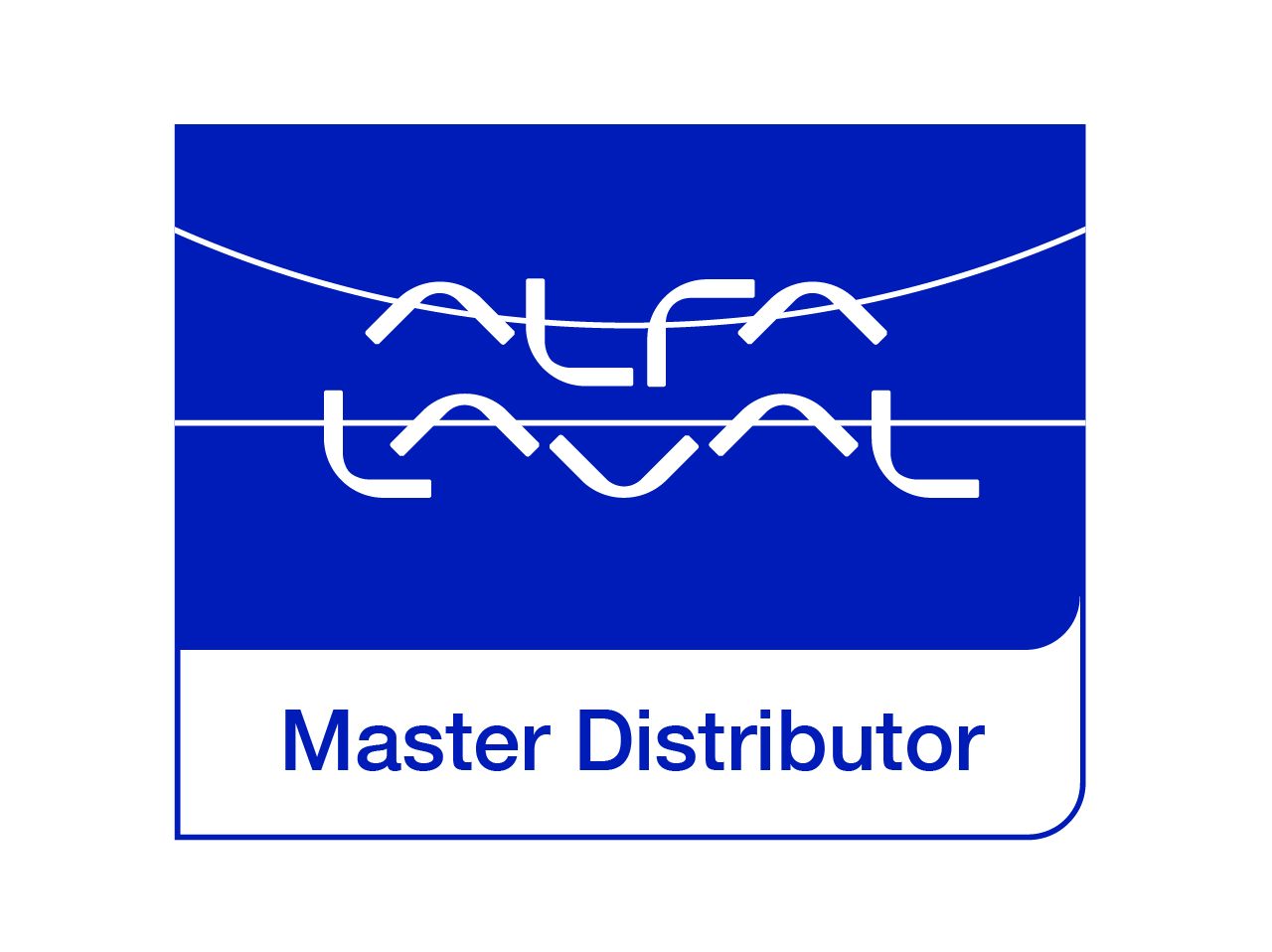
We proudly offer Alfa Laval Heat Exchangers.
Plate Heat Exchangers (PHEs)
We are an Alfa Laval Master Distributor and proudly offer a full line of PHEs including gasketed and brazed models.
Sizing & Service >
Heat Exchanger Integrity Testing Service >
Scraped Surface Heat Exchangers
We are an Alfa Laval Master Distributor and proudly offer ConTherm® scraped surface heat exchangers.
For further reference ...
More about shell & tube models
In these types of heat exchangers, two fluids exchange heat. One fluid is referred to as the tube-side fluid (which goes through the heat exchanger inside the tubes) and the other is the shell-side fluid (which goes through the heat exchanger in the shell, outside the tubes).
A straight tube heat exchanger is easier to clean than a U-tube heat exchanger, making it a better choice when the tube-side fluid could have a tendency to foul the tubing and require more regular maintenance.
The U-tube heat exchanger works well when the tubes and shell will have different thermal expansion characteristics because it can allow the tube and the shell to expand or contract independently.
Two fluids exchange heat
One fluid in the tube, one in the shell
Straight tube are easier to clean
U-tube allow for differing thermal expansion rates
More about spiral heat exchangers
Spiral heat exchangers are circular units containing a concentric spiral flow channel in a bulk fluid. Spiral heat exchanger flow may be counter-current or co-current. Spiral heat exchangers are particularly suitable for use with fluids that tend to cause fouling and clogging and to minimize pressure drop of ultra-high viscosity fluids.
Advantages are the high overall heat transfer coefficient, compact size, relatively low pressure drop, and ease of cleaning.
Two fluids exchange heat
Concentric spiral flow channel in bulk fluid
Compact design/small footprint
Good for ultra-high viscosities
Easy to clean
More about plate heat exchangers
In plate heat exchangers, heat is transferred from one fluid to another through a flat metal heat exchanger plate, instead of through a heat exchanger tube wall. Sometimes referred to as plate and frame heat exchangers or flat plate heat exchangers, they are made up of a series of plates held together in a frame with a fixed space between each plate.
Hot fluid flows between alternate spaces between plates, The cold fluid flows through the other set of spaces between plates. Gaskets are used between plates to provide a seal. Plate heat exchangers work well when very large square footages are required in a small footprint.
- High value for overall heat transfer coefficient (U value)
- Compact design compared to shell and tube
- Can be taken apart for easy cleaning and maintenance
A brazed plate heat exchanger is a type of a plate heat exchange that does not need gaskets. Instead, it is brazed together using copper or stainless steel to give a strong, compact construction.
Two fluids exchange heat
Alternating flow patterns between plates
Compact design/small footprint
Can be taken apart for cleaning
More about scraped surface heat exchangers
In scraped-surface heat exchangers, the product enters the cylinder at the bottom and flows upward. The heating or cooling medium travels in a counter-current flow through a narrow channel.
Rotating blades continuously remove product from the cylinder wall to ensure uniform heat transfer to the product. The product enters the cylinder in a corkscrew pattern in the same direction as the rotating part. This preserves product quality by providing a larger flow area, gentler product handling and reduced pressure drop across the inlet. The food product finally leaves the cylinder at the top. Ideal for products that are viscous, sticky or contain particulates.
Two fluids exchange heat
Two streams in a corkscrew pattern
Gentle product handling
Ideal for products that are viscous or have particulates

